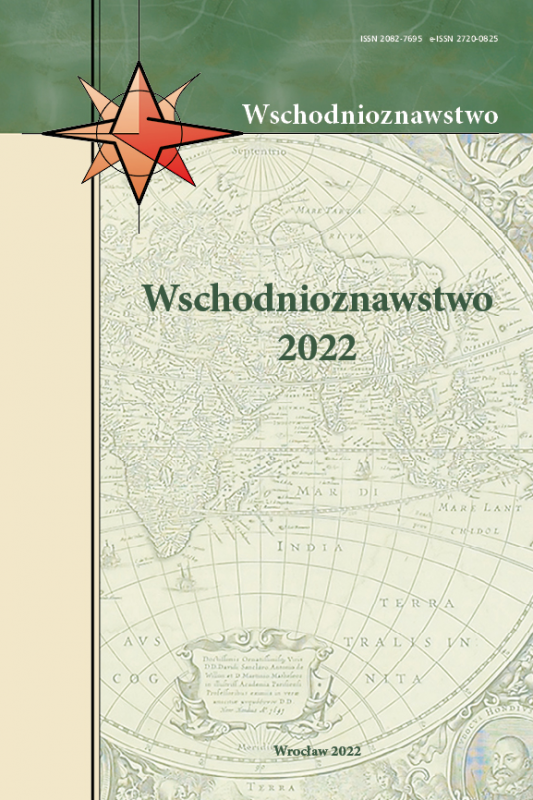Przyczyny wybuchu Arabskiej Wiosny w Bahrajnie i Jemenie – analiza porównawcza
The causes of the outbreak of the Arab Spring in Bahrain and Yemen – a comparative analysis
Author(s): Paweł Rogiewicz, Mateusz RepczyńskiSubject(s): Politics / Political Sciences, Politics, History, Recent History (1900 till today)
Published by: Wydawnictwo Uniwersytetu Jagiellońskiego
Keywords: Bahrain; Yemen; Arab Spring; Protests; Shiites; Discrimination; Persian Gulf
Summary/Abstract: Niniejszy tekst został zainspirowany wydarzeniami Arabskiej Wiosny, czyli fali aktywizacji społeczeństw państw Afryki Północnej oraz części państw z regionu Bliskiego Wschodu na rzecz przeprowadzenia prodemokratycznych reform, zmian społecznych, a także poprawy sytuacji gospodarczej. Analiza porównawcza przeprowadzona w tym artykule dotyczy dwóch państw położonych w subregionie Zatoki Perskiej, czyli Bahrajnu oraz Jemenu. Sytuacja wewnętrzna w obydwu państwach przekłada się na dynamikę bezpieczeństwa w całym regionie, dlatego też kraje te cieszą się zainteresowaniem Iranu i Arabii Saudyjskiej, które to rywalizują ze sobą o uzyskanie jak największego wpływu w całym regionie. Analiza porównawcza opiera się na trzech czynnikach: politycznym, społecznym i ekonomicznym. Aspekty te miały ogromny wpływ na wydarzenia, do jakich doszło w 2011 r. w tych państwach. Analiza dotycząca wydarzeń w poszczególnych krajach skupiona była głównie na państwach z regionu Maghrebu, czy chociażby Syrii. Procesy do jakich doszło w Bahrajnie i Jemenie nie cieszyły się tak wielkim zainteresowaniem, jak wydarzenia w innych państwach. Niewątpliwie regionalni aktorzy byli żywo zainteresowani procesami toczącymi się w tych krajach, co przełożyło się także na ich zaangażowanie w omawianych wydarzeniach. Porównanie Arabskiej Wiosny w Bahrajnie oraz Jemenie może być pomocne w procesie określania pewnych strukturalnych problemów w arabskich państwach Zatoki Perskiej. [This text was inspired by the events of the Arab Spring, a wave of activation of the societies of North African countries and some countries in the Middle East region to carry out pro-democratic reforms, and improve the economic situation. The comparative analysis in this article focuses on two countries in the Persian Gulf subregion, namely Bahrain and Yemen. The internal situation in both countries translates into security dynamics throughout the region, which is why these countries are of interest to Iran and Saudi Arabia, both of which are in competition with each other to gain the greatest possible influence throughout the region. The comparative analysis is based on three factors: political, social and economic. These aspects had a huge impact on the events that occurred in 2011 in these countries. The analysis on events in individual countries focused mainly on countries in the Maghreb region, or at least Syria. The trials that took place in Bahrain and Yemen did not receive as much attention as events in other countries. Undoubtedly, regional actors had a keen interest in the events taking place in these countries, which also translated into their involvement in the events under discussion. A comparison of the Arab Spring in Bahrain and Yemen can be helpful in the process of identifying certain structural problems in the Arab states of the Persian Gulf.]
Journal: Wschodnioznawstwo
- Issue Year: 2022
- Issue No: 16
- Page Range: 63-79
- Page Count: 17
- Language: Polish

